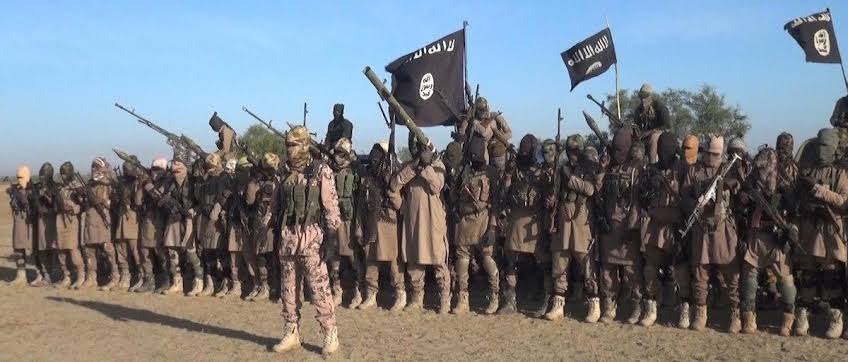By Murtala Abdullahi
Islamic State West Africa Province (ISWAP) attempts to integrate members of the rival Boko Haram group after it overran Sambisa last year are facing obstacles, according to details of a UN Security Council report.
ISWAP has sought to integrate Boko Haram fighters but unification has proved difficult, said the Analytical Support and Sanctions Monitoring Team in its 29th report on Islamic State and al-Qaeda.
The report submitted to the United Nations Security Council Committee further stated that “the group (ISWAP) and its 4,000 to 5,000 combatants have subsequently been reorganised into four branches: Lake Chad, Tunbuna, Sambisa Forest, and Timbuktu.
It added that internal opposition to these developments was said to have led to a violent revolt in mid-August.
HumAngle understands that ISWAP initiated moves to absorb members of the rival faction after the fall of Sambisa and the death of its leader, Abubakar Shekau.
However, the process has encountered a brick wall with mass defection to garrison towns and resistance in Lake Chad and around Mandara mountain.
According to details of the report “Ba Koura remains active, as the Boko Haram emir for Lake Chad, conquering Kirta Wulgo Island on Sept. 27, 2021 and establishing his sanctuary in the Niger,” while “Aliyu Ngulde sought to rebuild the group in the Mandara mountains.”
The report also revealed that several member states reported that ISWAP resources may have increased following tactical gains in northeastern Nigeria. It stated that, “Its revenues come from war spoils, extortion of the local population, the fishing and agriculture industries and zakat.”
The conflict in northeastern Nigeria has led to thousands of deaths and displaced over two million people across the three affected states.
Credits/Humangle

